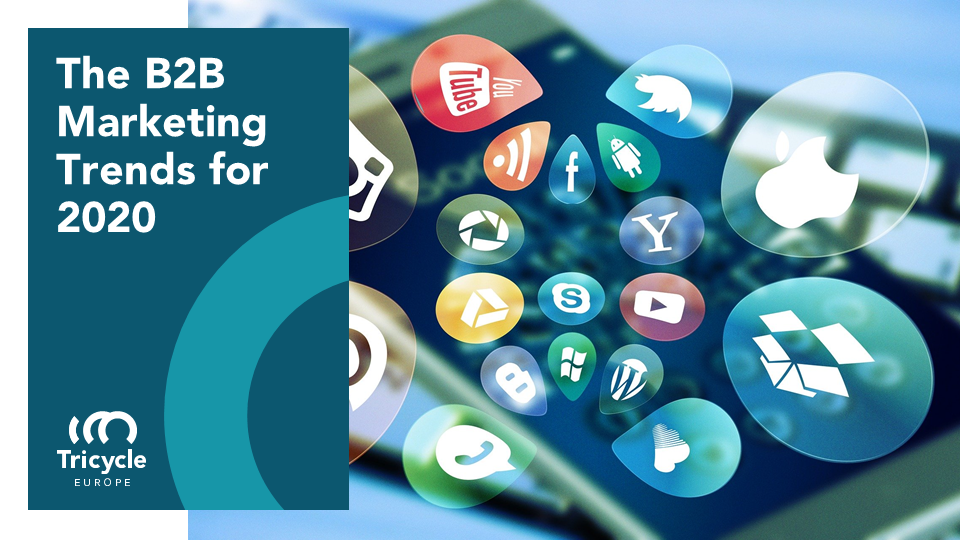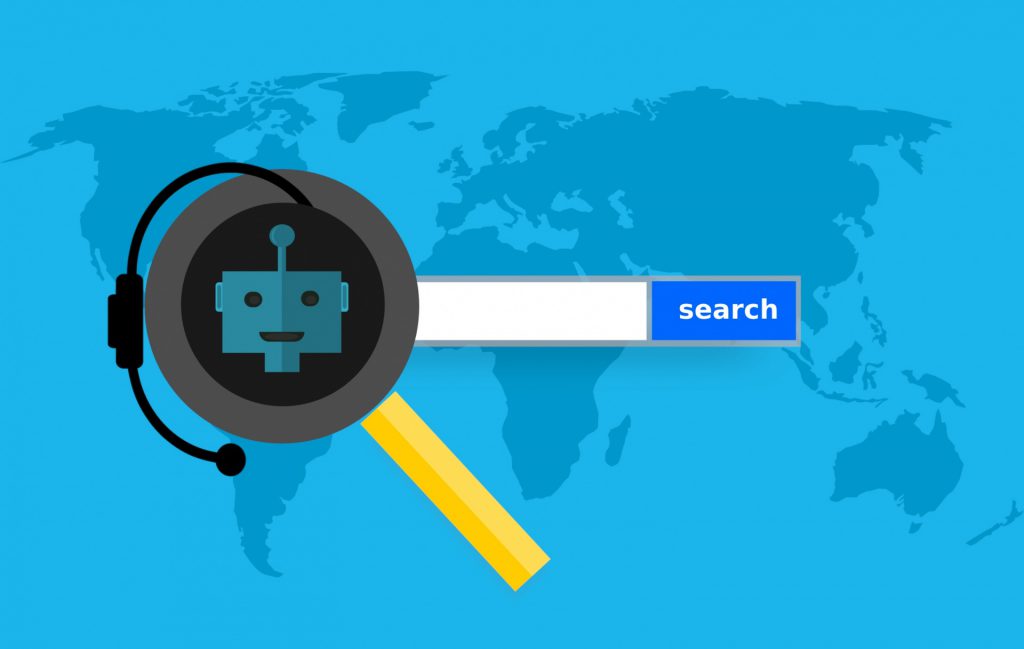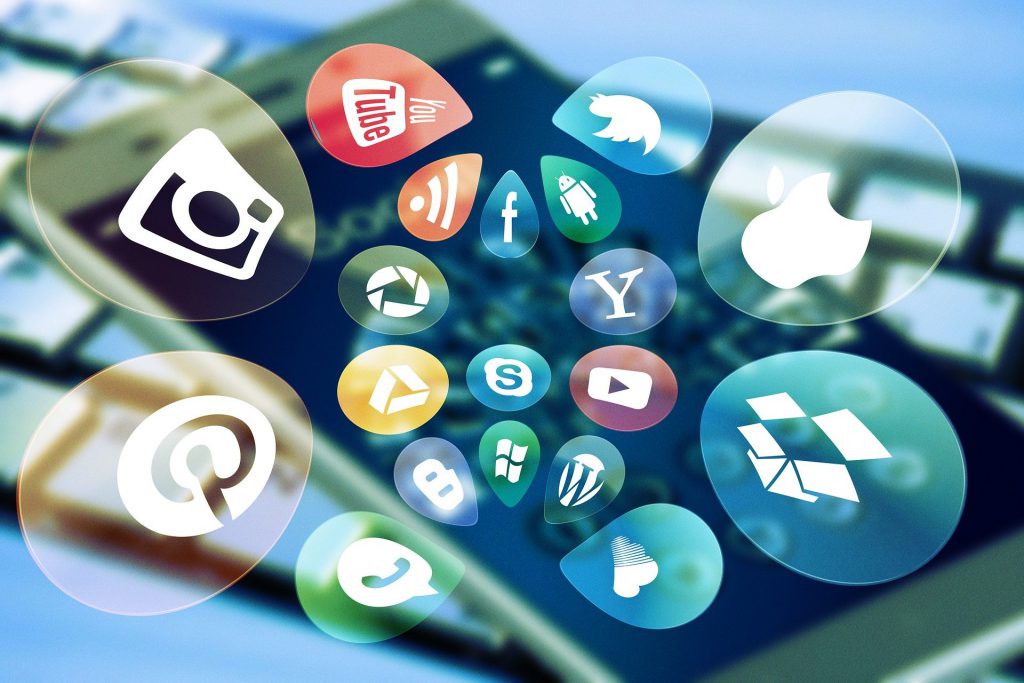The end of 2019 is coming, and with it, marketers have already started to investigate next year’s B2B marketing trends so that they can begin planning their strategies for 2020.
The sooner you begin planning, the better. You might have to analyse budgets, decide what campaigns to do, when to do them or what channels to use. Accordingly, you need to start right now and learn about marketing trends for the next year 2020.
We know that the art of selling and marketing is changing and marketers find themselves having to look for new ways to close deals, so this is why we have decided to bring you some of the marketing trends that will be useful for your strategies next year.
6 B2B marketing trends you can implement in 2020
Before discussing marketing trends that we believe will be very useful next year, you may want to learn about what other relevant skills digital marketers also need to master. As for what will be trending in 2020, here are six B2B marketing trends you should consider implementing:
1. Content marketing for lead generation
As a marketer, we are sure you know that content is king, and in 2020 this will be no different. The trend of using good content in B2B marketing to reach customers is something that if you have not yet started to implement, you will need to do next year as part of your strategy. Pieces of content that are over 1,000 words will be the most effective.
Today, people are consuming content in different formats, and video is one of those formats that will be even more popular in 2020.
Acclaimed digital marketers, such as Neil Patel, say that video content will be something you will need to focus on sooner rather than later. Forbes even revealed that 70% of B2B customers watch a video before making a purchase.
2. Personalised communications
By using data, marketers will be able to offer more and more personalised content when marketing the target audience, which is also what buyers and leads are expecting to receive. Communications should be tailored to their needs, and one way to achieve this is by combining data-backed insights with the prospect’s context to deliver the perfect marketing content.
To be able to offer personalised content and stand out from your competition, you need to focus on understanding your customers. One great way to do it is by using neuromarketing, which consists of applying techniques from neuroscience to marketing to get to know and understand who the prospect is and how to satisfy their needs.
In addition to it, social networks such as LinkedIn, allow marketers and sellers to listen to their clients and prospects as well as having conversations with them. In any kind of relationship, it is fundamental to have conversations with the other party to uncover needs and challenges and show the right empathy for their businesses.
3. Up-to-date SEO
Today, there should not exist a marketing plan in any company without thinking about SEO (Search Engine Optimization) and the same will be in 2020. However, more important than ever, position zero will matter. This position in ranking results is the one that appears as a featured snippet that directly answers a search query.
Position zero can also help you rank twice: one by appearing in the featured snippet and then in the “regular” search results. The way to achieve this ranking is by creating relevant content that answers questions people have.
You should also try to keep your webpage optimised and do not forget that your main focus is your customers and their experience when they come to your site.
A significant trend in SEO for 2020 is voice search. It is what every marketer is talking about right now. Since more and more people are using the voice assistant on their smartphones and with voice search tools like Alexa, Cortana, Google Assistant, and Siri, creating content that matches conversational queries is not only a great idea but an excellent one.
People who use voice search for products are expecting good and exact results. In 2020 this feature is probably going to be used even more so if your website and content are not ready for it, you will be left behind regarding marketing strategies. Focus on content with long-tail keywords to appear in voice search results.
4. Better email marketing
Email marketing has been around in B2B marketing for a very long time, and it is an accessible mode of communication between businesses. However, as everything evolves, so do email marketing campaigns.
You can schedule campaigns, send personalised emails, create trigger emails based on a user completing a particular action, and many more options. In 2020, the email will not only still be relevant for B2B marketing campaigns, but it will also be a popular choice for its continuous success.
5. B2B social media strategy
Massive ad campaigns on the radio or television are not such popular marketing options anymore, and B2B often overlooks the importance of being on social media and do not even think about investing in it.
Nonetheless, even if your company has a long sales cycle, it does not mean that social media cannot be part of your marketing strategy. The key is finding what channel is your target audience the most active on and focusing on creating relevant content for it.
LinkedIn is usually an excellent place for B2B marketers. With more than 590 million active professionals there, it is an excellent place to engage with customers and leads.
6. Account-based marketing trends
Account-based marketing, or ABM, is continuing to evolve as a reliable lead generation strategy that has slowly made its way into B2B mainstream marketing strategies. So, this is why we are sure that in 2020 it will still be part of the trends marketers need to hop on.
ABM allows one to identify specific target organisations, measure engagement at different authority levels and roles within the organisation and use that information to engage specific contacts using targeted lead generation channels.
This way of doing marketing requires B2B brands to think of individual accounts, instead of “one size fits all”. The way it works is that each account is viewed as a market in its own right, and the company designs a structured approach when developing marketing campaigns.
What are the future trends for ABM?
– Personalisation tactics and tailored experiences
– Finding connections outside of the sales department for lead identification
– Finding creative ways to connect directly with executives through direct message
– “Detective” work online and offline to determine which individuals are part of the decision-making process to accelerate closing deals.
More B2B marketing trends you should learn about
“Programmatic buying isn’t just efficient—it leads to more sophisticated and targeted campaigns. Get the latest research and case studies on real-time bidding and data-driven creative.” This is how Google explains programmatic buying, and to that, we add that this is another trend you should also look into for your B2B marketing strategy in 2020.
But what exactly is programmatic buying or advertising? It is a way to automatically buy and optimise digital campaigns, instead of buying directly from publishers. It is an optimisation tool that replaces human negotiations with machine learning for ads.
To benefit from programmatic advertising, marketers need to want to learn new ways of purchasing ads, and also want to do this change. However, since everything will be automated, there is no space for human error, and the overall cost of advertising will be reduced.
If you want to keep your business and yourself up to date in what is happening around B2B marketing and sales, follow our company page on LinkedIn or visit our blog on our website. In addition to it, you can visit any of our coaching LinkedIn profiles and get in touch with them for further consultancy.






